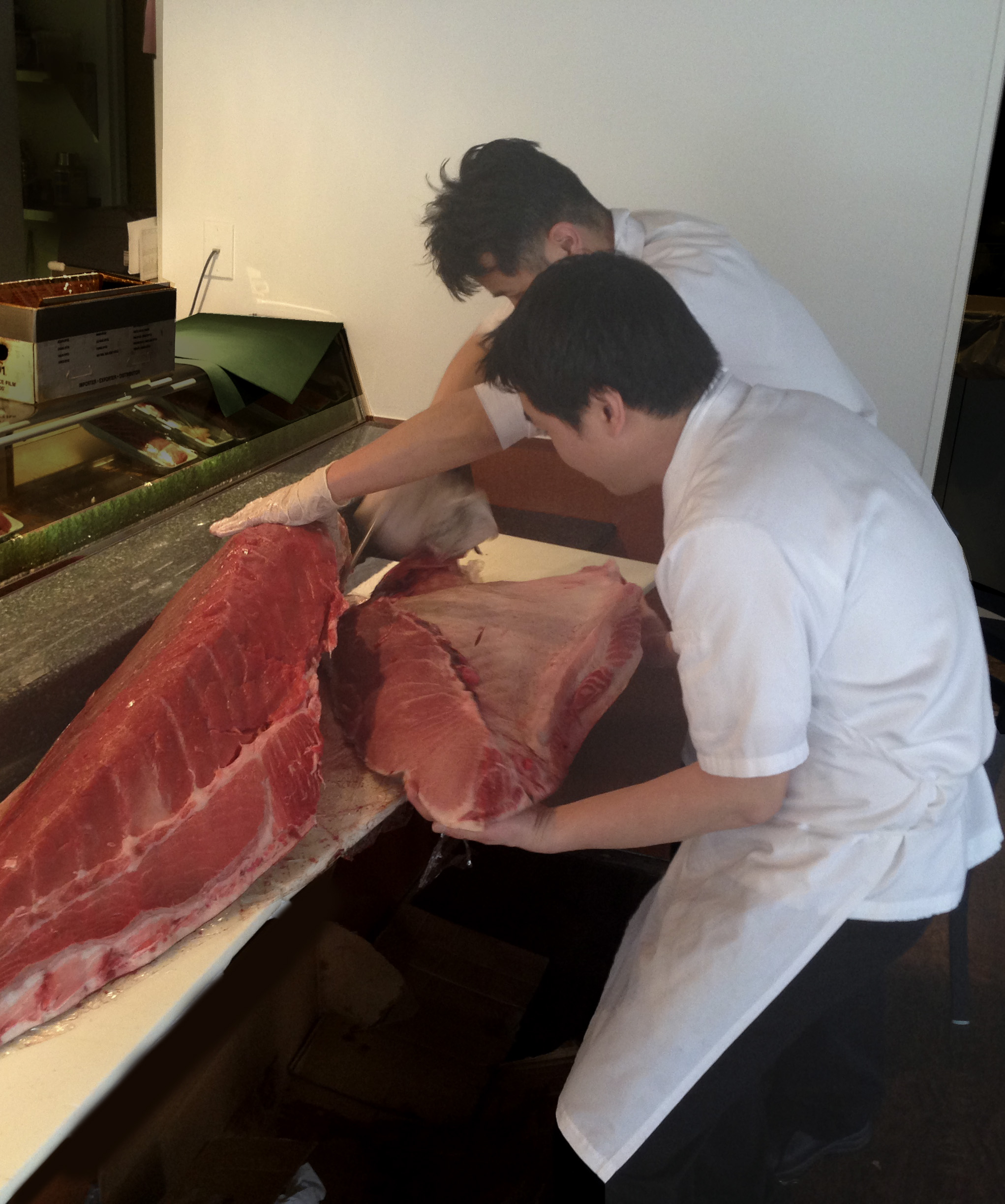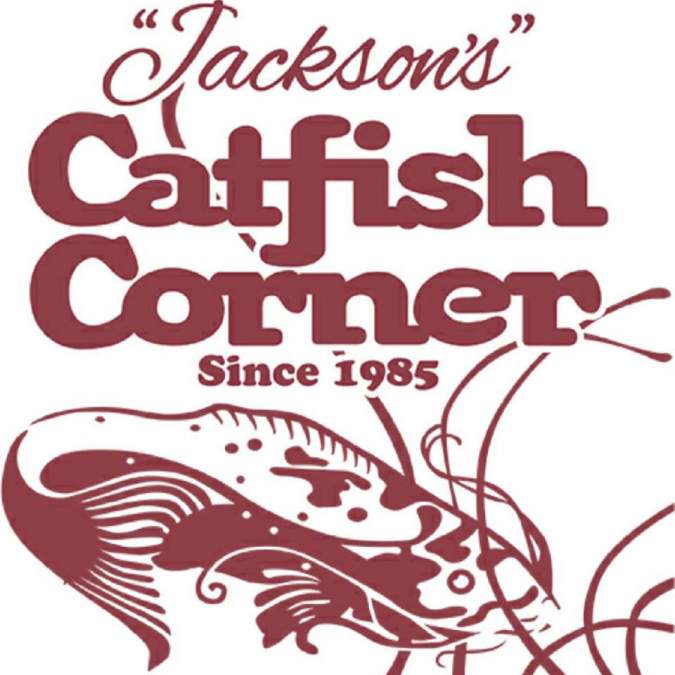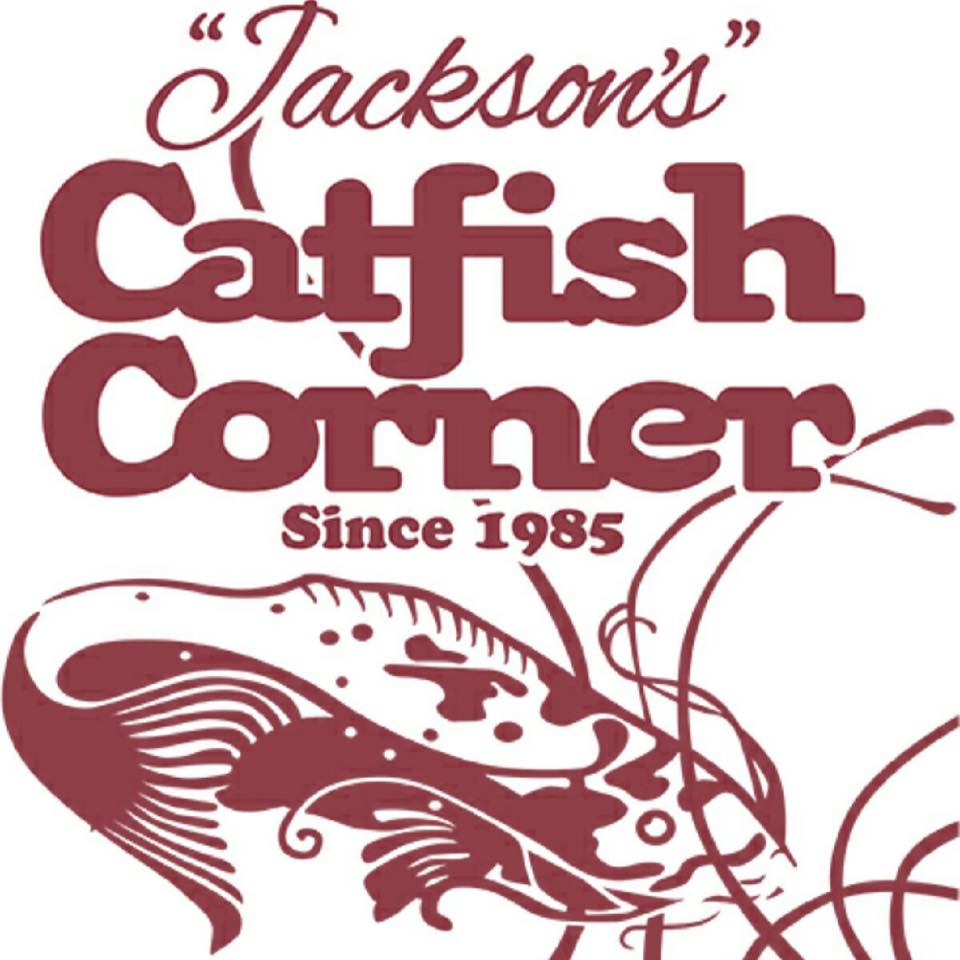Those of us who have lived in Seattle for some time all know the legend that is Shiro—the master sushi chef who presided over the counter at his namesake restaurant. People have come from far and wide to Shiro’s for more than 20 years, drawn by its well-deserved reputation. But all good things must come to an end; last year, Shiro’s founder decided to move on. Sushi enthusiasts from Seattle and beyond were certainly stunned, and many wondered what would happen to what had become the closest thing to a sushi institution in our town. Would it change? Would it ever be the same? After visiting with head chef Jun Takai and sous Aaron Pate, I can give you a definitive answer—no. It’s not the same. In fact, in many ways it’s better.
Takai-san first worked in the fish markets in Kyoto (he had no choice—he was born into it), then moved on to become an apprentice at his uncle’s sushi restaurant. He wasn’t allowed to touch the fish at first, and instead spent a year learning to make rice. Yes, just rice. Why a year? Because that’s how long it takes to understand the many factors involved in rice: crop variations, harvest season, how you wash it, water ratios, timing, and how you cut the rice with vinegar. If not done right, rice becomes too starchy to use for sushi.
After this, Takai-san was promoted to make rolls, followed by making sashimi in the kitchen. Nearly three years later, he finally found himself at the actual sushi bar. What followed was another 18 years of working all over Japan in Yokohama, Tokyo, and Osaka, and even a stint in San Diego, before coming to Shiro’s in 2012.
When I ask Takai-san how Shiro’s maintains a level of quality comparable to that of Japan, he says, “Of course, the quality is better in Japan because of the freshness of the fish.” But he goes one step further by throwing down the gauntlet: “No one in Seattle is bringing in some of the fish we have here. And no one does edomae [roughly translated as raw fish over rice] here like we do. This is the closest you are going to get to Tokyo.”
Pate adds, “The fish we’re bringing in from Japan is cared for better than anywhere else in the world. Our sources bring in good product on direct flights—especially some of the great, lesser-known fish from Japan that is seasonal. We want to educate people about some new fish before they eat up all the popular varieties.”
The day I arrive to meet Takai-san and the team, he’s busy fileting a small fish called an akamutsu or nodo guro: a line-caught black-throat sea perch from the Sea of Japan north of Kyoto. It’s also known as the “otoro [tuna belly] of whitefish,” and is very rare—so much so that each fish, weighing just over a pound, costs $50. They have only two a night on rare occasions, and it goes quickly.
Beyond that delectable little fish are others such as kawahagi (thread-sail filefish) and ishidai (striped beakfish). But the highlight of the scene is the 300 pounds of giant bluefin tuna waiting on the counter to be broken down. And this is only half the fish. No other sushi restaurant in town can handle the kind of volume it takes to move through that amount of bluefin. And while bluefin certainly does not fall into the “lesser-known” fish category, Takai-san says that his comes from a large, sustainably run fishery in Spain. Using mature, farm-raised bluefin allays many fears that overfishing and harvesting juveniles will threaten the species.
Besides quality sourcing and an obsessive attention to rice, I’ve long wondered what makes good sushi good. Watching Takai-san at work helps answer that question. He deftly trims the loins to rid them of the metallic-tasting bloodline, and breaks them into workable blocks for aging prior to becoming nigiri and sashimi. Tuna needs to be aged two to three days before serving so the flavor can deepen and become more pronounced. This is a problem in some other restaurants, general manager Tiger Nakawake tells me, as many serve their tuna “too fresh,” and it can be bland.
The otoro is massive—approximately 35 pounds. I ask Tiger its street value; “Probably about $2,500–$3,000 if you were to buy it retail,” he says. But the more stunning realization is that the belly itself looks just like wagyu, the famous Japanese cattle that gets massaged and fed beer and sake: unctuous, marbled fat that I just want to take a bite out of right then and there.
Training and diversity in background plays a big role at Shiro’s too. The team comprises chefs from all over Japan: One chef is from Fukushima, another from Shizuoka. And Pate, the American on the team, hails from Maui. Good sushi chefs are in demand, and the restaurant uses a Japanese sushi-chef headhunting company to find top talent in the U.S.
I ask Takai-san about the training his chefs receive. “If you learn from the right person, it makes a big difference,” he says. “They all have styles based on where they learned and came from—Tokyo, Osaka, Northside. Each of these places has different traditions and teaching/learning processes.” He adds, “But we all learn the Shiro style here. And I mean the ‘new’ Shiro style of doing things.”
Takai-san also has great praise for his Western sous chef. “Aaron has experience working in Japan,” he says. If you sit in front of him at the bar, nobody can beat his character. He’s passionate, and it shows in his food. Recently he went to Kyoto for the Washoku World Challenge, and while he didn’t win, the judges all loved him. His knowledge of fish and the craft impressed them all. Even chef Murata of Kitcho, which is probably one of the best restaurants in all of Japan—he loved Aaron!”
But that doesn’t mean Pate always gets treated by customers the same as the Japanese chefs. He tells me that “Once in a while, someone will walk in and they won’t want to sit on my side—but it’s their loss. Which is the opposite of when I was in Japan. Japanese customers treated me very well, and they were interested in eating the food I made. They wanted to have something different, and I was a bit of a novelty. There aren’t many Americans making sushi in Japan!”
Anyone who’s seen the film Jiro Dreams of Sushi knows that Japanese sushi culture is almost obsessively steeped in tradition. One need not look further than Jiro’s son Yoshikazu, who at 50 was still waiting to take the reins from his octogenarian patriarch. I ask Takai-san how traditions are changing in Japan with the training of new cooks. “There are so many sushi schools in Japan, but it’s usually only a three-to-six-month program, so you just get the basics,? he says. “And now there are these ‘sushi robots’ making rice and rolls, and it’s like fast food—I don’t like it.”
And so the change for the better at Shiro’s stems from the exploration of tradition in Japanese sushi culture. Sure, you can still find your maguro and hamachi here, but both the quality and variety of options cannot be beat. On any given night you’ll find up to 25 different fish in the case—several of which you may never have seen in this city.
When I ask Takai-san the unavoidable question—how it feels to take over for a Seattle sushi legend like Shiro—his response is simple: “It feels the same. The most important thing I learned from him was how to talk to customers. He’s really an entertainer!”
Pate adds, “I’m very lucky to be where I am. I experienced working with great chefs in Tokyo, which enabled me to come here. To work with these guys is an honor for me. Just after one year, there are so many great things happening for me.”
food@seattleweekly.com
SHIRO’S 2401 Second Ave., 443-9844, shiros.com. 5:30–10:30 p.m. daily.








